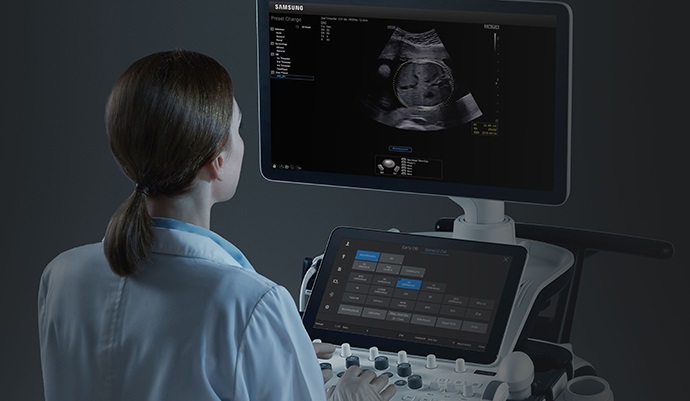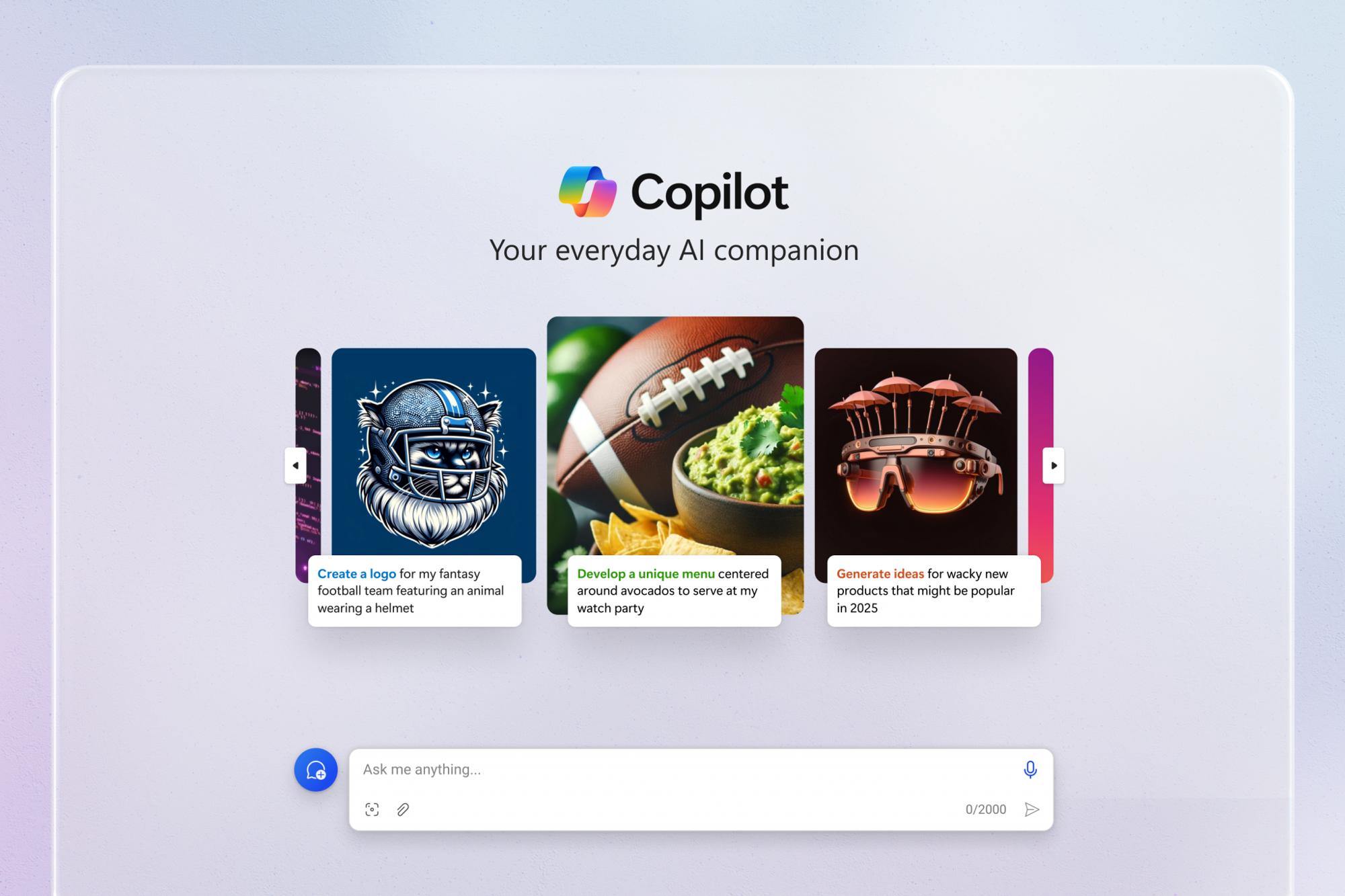- By 2025, 97 million new roles may emerge that are more adapted to the new division of labour between humans, machines and algorithms.
- Roles already growing in demand include data analysts and scientists, AI and machine learning specialists and robotics engineers.
- The ‘jobs of tomorrow’ also show the continuing importance of human interaction through roles in marketing, sales and content production.
The engineers, researchers and marketers of today could be the data scientists of tomorrow as increasing automation disrupts the jobs landscape over the next five years.
That’s according to data gathered by LinkedIn, Coursera and the World Economic Forum in the Future of Jobs Report 2020.
It’s estimated that, by 2025, 85 million jobs may be displaced by a shift in the division of labour between humans and machines.
But this job disruption is counterbalanced by job creation in new fields: the jobs of tomorrow. Across the 15 industries and 26 economies covered by the report, it’s estimated that some 97 million new roles may emerge that are more adapted to the new division of labour between humans, machines and algorithms.
“Over the coming decade, a non-negligible share of newly created jobs will be in wholly new occupations, or existing occupations undergoing significant transformations in terms of their content and skills requirements,” says the report.
Jobs of tomorrow
Roles growing in demand include data analysts and scientists, AI and machine learning specialists, robotics engineers, software and application developers, and digital transformation specialists.
Some of these emerging professions will be easier to break into than others. These include data and AI, product development and cloud computing, where transitions “do not require a full skills match between the source and destination occupation”, according to the report.
But some job clusters of tomorrow remain more “closed” and tend to recruit staff with a very specific skill set.
READ MORE: [button style=’accent’ url=’https://arc.liwaiwai.com/2021/02/04/unlock-your-career-in-artificial-intelligence-and-machine-learning/’ target=’_blank’ arrow=’true’ fullwidth=’true’]UNLOCK YOUR CAREER IN ARTIFICIAL INTELLIGENCE AND MACHINE LEARNING[/button]
[button style=’accent’ url=’https://arc.liwaiwai.com/2021/01/12/recruiting-artificial-intelligence-to-create-a-more-diverse-workforce/’ target=’_blank’ arrow=’true’ fullwidth=’true’]RECRUITING ARTIFICIAL INTELLIGENCE TO CREATE A MORE DIVERSE WORKFORCE[/button]
More than 70% of the people moving into the clusters of product development and data and AI come from different job families; but engineering and people and culture are significantly lower with 19% and 26%, respectively.
That’s because these types of jobs are fairly established and the labour market has had time to build talent pipelines for these roles, write Karin Kimbrough, Chief Economist, and Allen Blue, Co-Founder and Vice President, Product Management, at LinkedIn.
Product development and data and AI are newer, constantly evolving pockets within the labour market.
Coursera data shows it’s common for individuals moving into data and AI to lack key data science skills, but that it’s possible to master those skills, such as statistical programming, within a recommended time frame – 76 days of learning.
Self-management skills
The jobs of tomorrow reflect the adoption of new technologies and increasing demand for new products and services.
But they also showcase the continuing importance of human interaction in the new economy through roles in marketing, sales and content production and other positions that require “soft” communication skills.
Workers are increasingly looking to learn personal development and self-management skills, Coursera found.
Among employed people, mindfulness, meditation, gratitude and kindness are among the top 10 focus areas, in contrast to the more technical skills that were in focus in 2019.
Meanwhile, those who are unemployed have continued to emphasize skills relevant to emerging jobs in engineering, cloud computing, data and AI.










